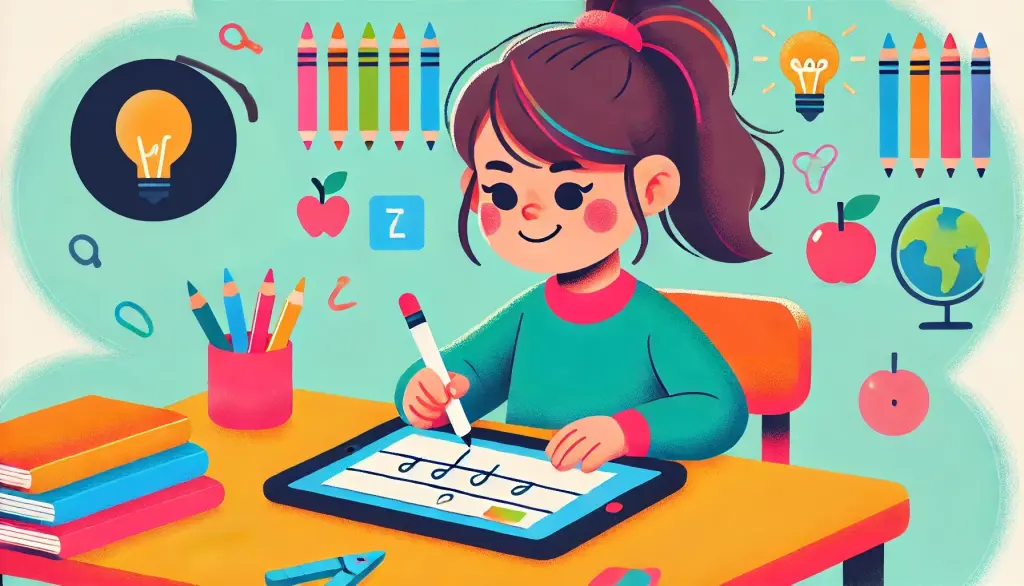
With the rapid rise of educational technologies, digital tools such as tablets have emerged not only as teaching aids but also as valuable assessment tools for identifying learning difficulties. Handwriting, a foundational academic skill, traditionally assessed through pen-and-paper observations, can now be effectively evaluated with tablet technology. Tablets provide efficient, precise, and objective methods to assess handwriting skills, offering educators and therapists deep insights into a child's handwriting strengths and challenges.
Handwriting difficulties, sometimes diagnosed as dysgraphia, involve challenges related to letter formation, speed, spatial awareness and legibility. These difficulties can negatively impact a child's academic success, lead to decreased self-esteem, and cause frustration and anxiety. Early assessment and intervention are key factors in effectively managing these challenges and preventing further academic issues.
Tablets equipped with advanced handwriting applications offer distinct advantages compared to traditional pen-and-paper assessments. Digital handwriting assessments can precisely measure the fine details of the child's handwriting process, such as letter stroke speed, pressure, smoothness, and accuracy, data that traditional approaches cannot easily capture. Moreover, tablets do not merely replace traditional assessments; they expand capabilities, providing quantitative, subtle data to guide customized interventions.
Digital handwriting software precisely records multiple handwriting parameters, such as letter formation patterns, stroke sequences, spatial positioning, writing speed, pauses, and pressure applied, which objectively describe the quality and process of handwriting performance.
Tablet-based handwriting assessments typically use dedicated applications designed to capture detailed digital data related to handwriting performance via a stylus. These applications usually prompt children to write a specific text sample, after which the following features are evaluated:
The data gathered provides valuable objective metrics that specialists interpret, identify areas of significant concern, and suggest individualized strategies.
Implementing tablet-based assessments in everyday classroom or clinical educational interventions can involve practical steps:
Though tablet-based handwriting assessments offer multiple benefits, educators and therapists must consider some limitations:
Despite these limitations, combining tablet-based assessments with traditional professional observations often holistically captures the handwriting challenges experienced by the child.
Using tablet technology to assess handwriting difficulties provides educators and specialists innovative ways to objectively identify, evaluate, and monitor handwriting development and disorders. By generating accurate, precise, and quantifiable performance data, tablets empower professionals and parents with deeper insights into a child's handwriting challenges. This approach facilitates early intervention, individualized plans, and steady handwriting improvement over time, ultimately leading to improved academic outcomes, higher confidence, and greater educational success among children experiencing handwriting difficulties.
You might also like:
The digital handwriting activities for kids are both engaging and ideal for learning to write well in a personalized way
The handwriting assessment for kids quickly evaluates writing quality, including legibility and form
The handwriting worksheets for kids are available in many fonts, both cursive and manuscript, in an easy-to-print PDF format